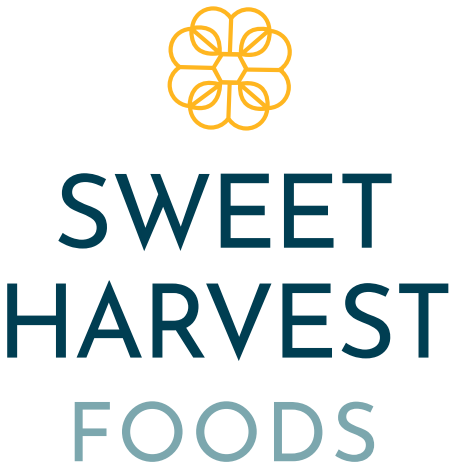“How sweet it is!” – Jackie Gleason
The trademark phrase of the famed comedian and actor, could also aptly describe the motto of the sugar industry. For decades, annual sugar consumption grew at a steady 2-3 percent rate.
Recently many analysts turned bearish on sugar, predicting a five percent drop in consumption attributed to a consumer shift to low-sugar diets. Manufacturers and foodservice operators are responding by changing ingredients, reducing portion sizes and cleaning up labels. As a result, honey has emerged as the healthier alternative for sweetening baked goods, beverages, and a wide array of products.
The demand for honey has shown steady growth in the past seven years and surged approximately five percent in 2016, as consumers seek ways to create healthier dishes while satisfying their sweet teeth. Health-driven consumers are very passionate about discovering the most beneficial products that contain no trace of artificial ingredients, which explains the decline in use of artificial sweeteners.
Honey’s popularity is spread among three segments: According to USDA Economic Research Service, the retail honey market accounts for half of the U.S. honey consumption, with industrial and foodservice comprising the other 50 percent.
The advantage of honey is in its sheer variety – it’s available in white, extra light amber, light amber and amber to name a few. Each variety offers distinct flavors, characteristics and textures, providing food industry R&D experts and chefs with alternatives in their ingredients.
What they’ve discovered is honey is not exclusively used as a sweetener – it can be used in tandem with more sour, bitter, or salty creations. Honey balances sourness in fruit with a lot of citrus, berries, yogurt, and pickled foods. The sweetness of honey also reacts favorably with bitter products such as coffee and tea. Salty products are positively changed when honey is added – just look at the popularity of meats like cured ham.
Honey has made in-roads in recent years as a replacement for granulated white sugar. According to Datassential’s 2015 MenuTrends study, a growing number of non-commercial operators use alternatives to granulated white sugar – with honey the most popular. For example, 48 percent of college and university foodservice operators report including honey in their recipes.
Apart from the obvious successes within the food industry, honey has made a massive impact on cocktail creations. Bartenders utilize honey-themed cocktails as well as crafting their own concoctions with an infusion of honey. Flavorful, unique, and appealing craft cocktails have emerged as the “go-to” order at bars across the nation.
It is ultimately an essential business decision for manufacturers and foodservice operations to utilize more honey. Honey is anticipated to gain even more momentum in the next decade, brought on by its versatile use and reputation as an unprocessed, all-natural sweetener. Whether included in food or drinks, honey is the perfect ingredient to attract the growing number of “clean-label” loving consumers.

Global Expertise.
Proven Reliability.
Sophisticated Quality Assurance.

